SwRI-led team achieves 20% improvement in vehicle fuel efficiency with connectivity, automation; ARPA-E NEXTCAR
Green Car Congress
OCTOBER 7, 2020
A team led by Southwest Research Institute has applied connectivity and automation to achieve a 20% improvement in efficiency on a 2017 Toyota Prius Prime. Vehicle connectivity and automation are already being used to effectively improve vehicle safety and driver convenience. Earlier post.).

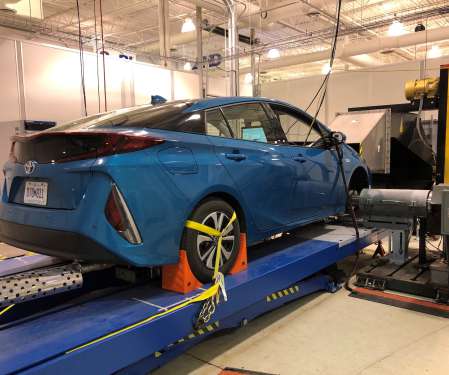


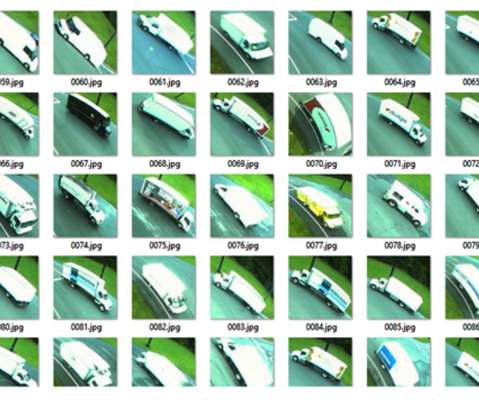




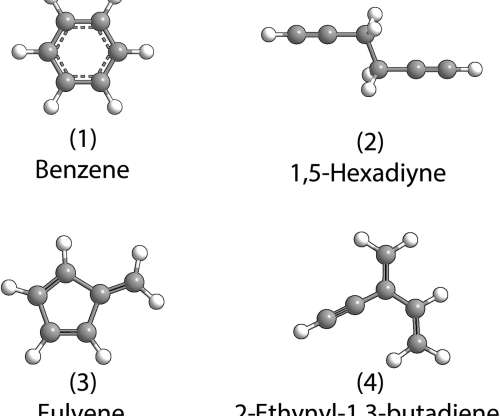



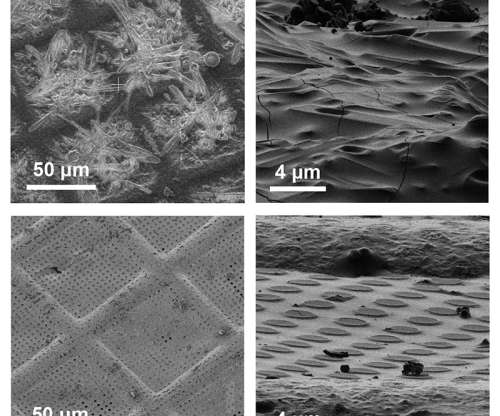






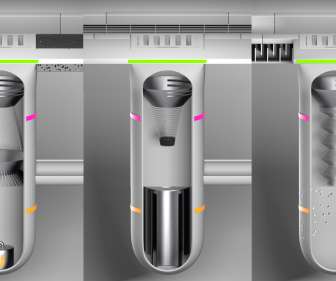




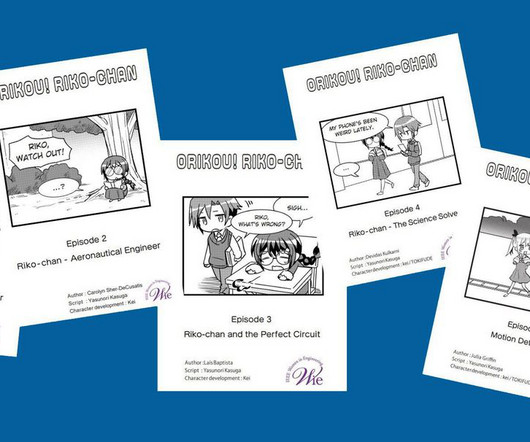




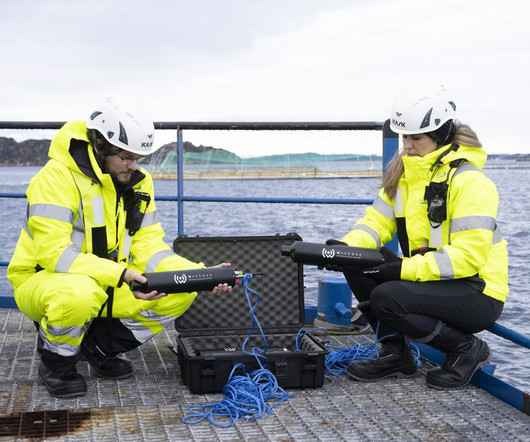


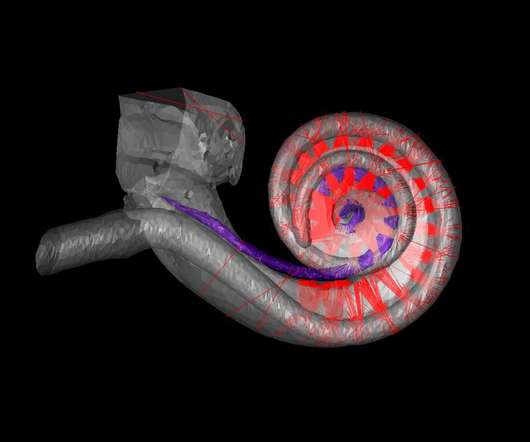
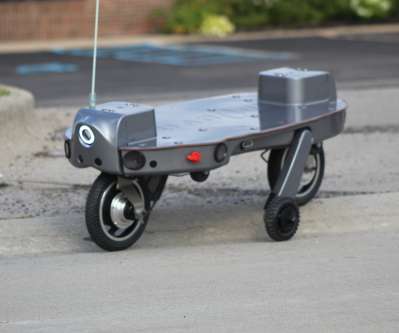






Let's personalize your content